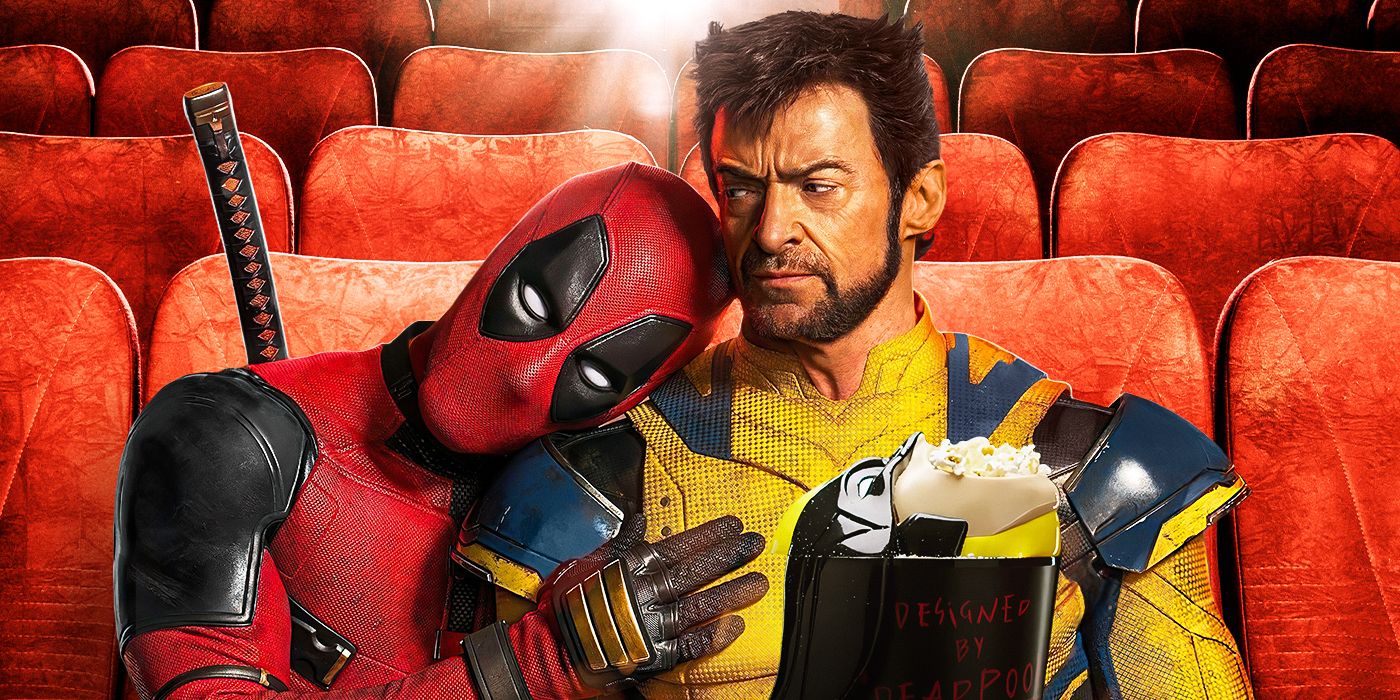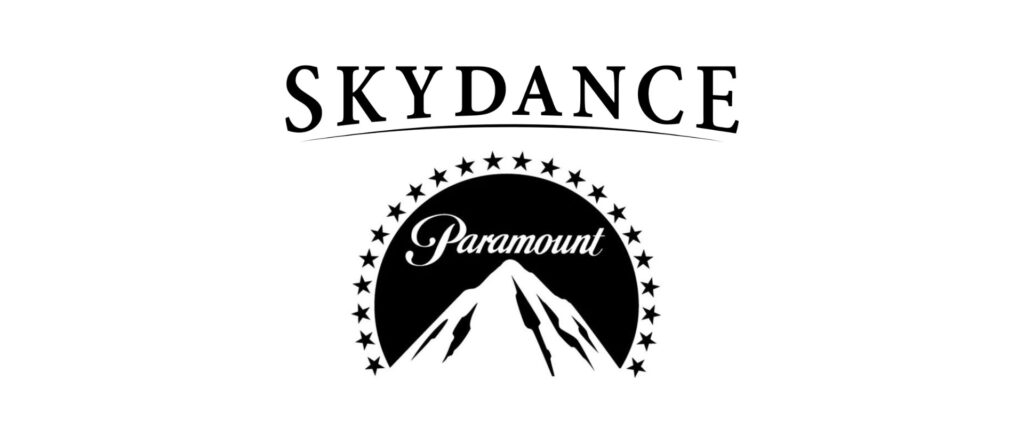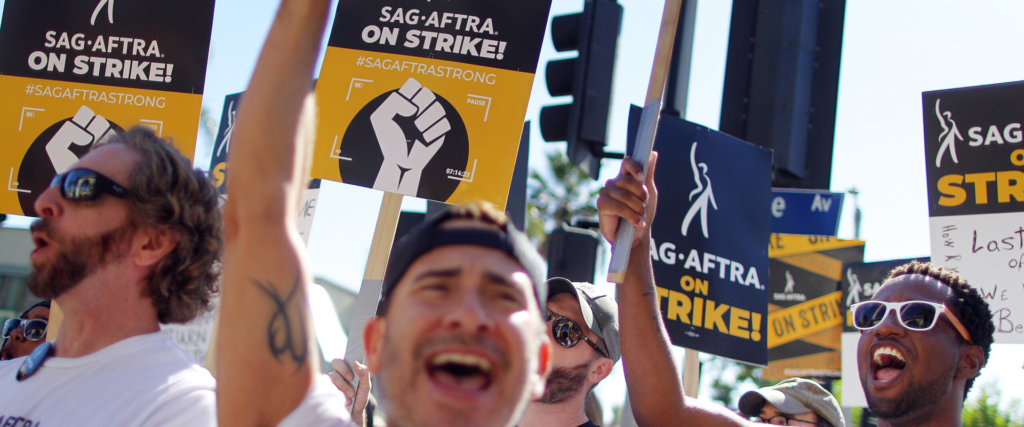Superheroes and Their New Sidekick: Mid-Tier Movies Join the Box Office Fight for Balance
Hollywood’s dependence on superhero blockbusters remains evident, highlighted by the recent success of Marvel Studios’ Deadpool & Wolverine. The film shattered records, grossing $211 million in the U.S. and Canada over its debut weekend, marking the highest-ever opening for an R-rated film. This achievement underscores the theatrical film industry’s reliance on comic book movies to drive significant revenue.
The box office, however, is still struggling, with a 17% decline compared to the same period last year. This slump is partly due to a lack of major superhero releases, with Marvel and DC in various stages of restructuring. The industry is also grappling with the aftereffects of the pandemic, ongoing strikes, and a general sense of malaise. Despite the number of wide releases being consistent with last year, revenue has not kept pace, highlighting the critical role of superhero films in the current cinematic landscape.
Interestingly, the year’s dip contrasts with last year’s oversupply of superhero sequels and weak franchise extensions, which tested audience patience. Yet, the allure of beloved characters remains potent, as evidenced by the success of Inside Out 2 and Twisters. Moviegoers are still eager to see characters they enjoy, but studios are urged to diversify their investments beyond superheroes. Recent hits based on books, toys, and video games indicate a potential shift in audience preferences.
A study by Ampere Analysis suggests a strategic pivot for studios: investing more in mid-tier movies, with budgets between $50 million and $100 million. This approach could target specific audience groups and foster new franchises, providing studios with more opportunities to succeed. Despite the potential benefits, mid-tier films have been underutilized, comprising only 15% of releases from major studios last year, down from 27% in 2022. Conversely, the proportion of films costing over $100 million rose to 35%.The decline of the home video market has made it difficult for studios to justify mid-tier investments. Yet, successful mid-tier films like Sony’s The Garfield Movie, Paramount’s Bob Marley: One Love and A24’s Civil War show promise. While studios won’t abandon blockbusters, increasing investment in genres like crime thrillers and action-adventure could yield positive results.
The challenge lies in managing production costs, often inflated by A-list talent. For example, Challengers cost $55 million due to high salaries, while Apple’s Fly Me to the Moon reached $100 million. Although star power remains significant, its influence is waning, with only 35% of respondents in an Ampere survey driven by celebrity appeal, down from 40% two years ago. Genre preference, however, remains the most influential factor, cited by 47% of consumers. Incorporating advanced technologies like generative AI could potentially reduce production costs, although their effectiveness for long-form content is yet unproven. Such tools could democratize filmmaking, enabling independent creatives to produce high-quality content affordably.
Meanwhile, the success of Deadpool & Wolverine has rejuvenated theater chains. AMC Entertainment, Imax, and Cinemark all reported stock gains and record-breaking box office and concessions revenue. AMC’s CEO Adam Aron highlighted the film’s impact on attendance and revenue, emphasizing the resurgence of moviegoing.
Hollywood’s future lies in balancing blockbuster reliance with strategic investments in diverse, mid-tier films. Reducing production costs and leveraging technology will be crucial in meeting evolving consumer preferences and sustaining the industry’s vitality.
Share:
Hollywood’s dependence on superhero blockbusters remains evident, highlighted by the recent success of Marvel Studios’ Deadpool & Wolverine. The film shattered records, grossing $211 million in the U.S. and Canada over its debut weekend, marking the highest-ever opening for an R-rated film. This achievement underscores the theatrical film industry’s reliance on comic book movies to drive significant revenue.
The box office, however, is still struggling, with a 17% decline compared to the same period last year. This slump is partly due to a lack of major superhero releases, with Marvel and DC in various stages of restructuring. The industry is also grappling with the aftereffects of the pandemic, ongoing strikes, and a general sense of malaise. Despite the number of wide releases being consistent with last year, revenue has not kept pace, highlighting the critical role of superhero films in the current cinematic landscape.
Interestingly, the year’s dip contrasts with last year’s oversupply of superhero sequels and weak franchise extensions, which tested audience patience. Yet, the allure of beloved characters remains potent, as evidenced by the success of Inside Out 2 and Twisters. Moviegoers are still eager to see characters they enjoy, but studios are urged to diversify their investments beyond superheroes. Recent hits based on books, toys, and video games indicate a potential shift in audience preferences.
A study by Ampere Analysis suggests a strategic pivot for studios: investing more in mid-tier movies, with budgets between $50 million and $100 million. This approach could target specific audience groups and foster new franchises, providing studios with more opportunities to succeed. Despite the potential benefits, mid-tier films have been underutilized, comprising only 15% of releases from major studios last year, down from 27% in 2022. Conversely, the proportion of films costing over $100 million rose to 35%.The decline of the home video market has made it difficult for studios to justify mid-tier investments. Yet, successful mid-tier films like Sony’s The Garfield Movie, Paramount’s Bob Marley: One Love and A24’s Civil War show promise. While studios won’t abandon blockbusters, increasing investment in genres like crime thrillers and action-adventure could yield positive results.
The challenge lies in managing production costs, often inflated by A-list talent. For example, Challengers cost $55 million due to high salaries, while Apple’s Fly Me to the Moon reached $100 million. Although star power remains significant, its influence is waning, with only 35% of respondents in an Ampere survey driven by celebrity appeal, down from 40% two years ago. Genre preference, however, remains the most influential factor, cited by 47% of consumers. Incorporating advanced technologies like generative AI could potentially reduce production costs, although their effectiveness for long-form content is yet unproven. Such tools could democratize filmmaking, enabling independent creatives to produce high-quality content affordably.
Meanwhile, the success of Deadpool & Wolverine has rejuvenated theater chains. AMC Entertainment, Imax, and Cinemark all reported stock gains and record-breaking box office and concessions revenue. AMC’s CEO Adam Aron highlighted the film’s impact on attendance and revenue, emphasizing the resurgence of moviegoing.
Hollywood’s future lies in balancing blockbuster reliance with strategic investments in diverse, mid-tier films. Reducing production costs and leveraging technology will be crucial in meeting evolving consumer preferences and sustaining the industry’s vitality.









